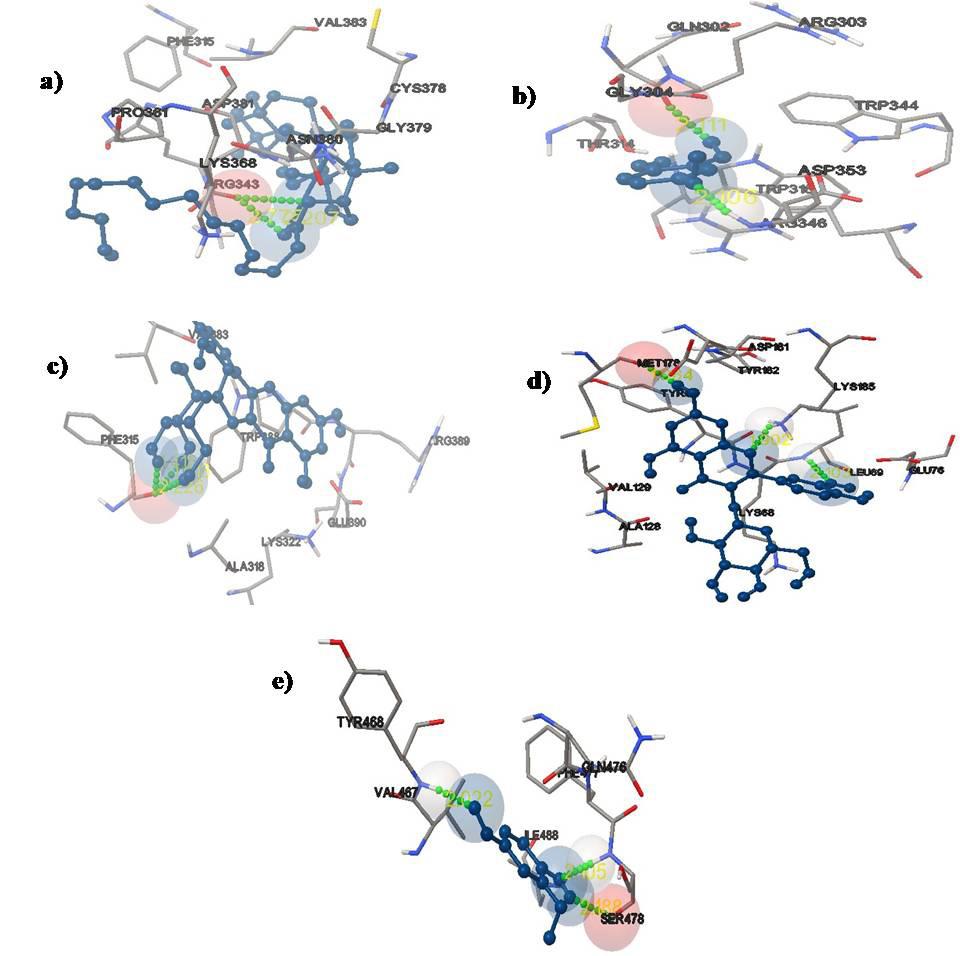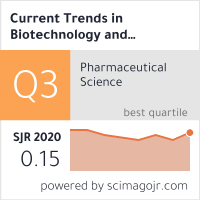In-silico Screening of some Isolated Compounds of Hemidesmus indicus and Evaluation of its Antidiabetic Potential
DOI:
https://doi.org/10.5530/ctbp.2023.3s.49Keywords:
Hemidesmus indicus, Vanilin, Beta amyrin palmitate, 1X70, 1PPI, 1V4S and 5VEXAbstract
Hemidesmus indicus, widely recognized as anantamul, is often utilized in conventional medical systems to treat liver disorders, diabetes kidney diseases, etc. Some of the compounds have been isolated and identified as antidiabetic in nature. Fewer compounds were screened for the in-silico study to establish a computational approach of the plant Hemidesmus indicus to open a new gateway for the treatment of diabetes. A docking study was carried out by using Autodock 4.2 software and an overall comparison study was performed between different compounds like 2-hydroxy-4 methoxy benzaldehyde, Beta-amyrin palmitate, Hyperoside, Isoquercetin and Vanilin. Among these Beta-amyrin palmitate and Vanilin showed the most promising docking score towards different antidiabetic receptors in comparison to the internal ligand. Docking scores of Beta-amyrin palmitate are -6.37, -6.50, -7.69, and -8.14 for the PDB ID 1X70, 1PPI, 1V4S, and 5VEX respectively. Docking scores of Vanilin are -2.99, -4.43, -3.72, and -4.43 for the PDB ID 1X70, 1PPI, 1V4S, and 5VEX respectively. The above study revealed that Beta-amyrin palmitate was found to be the most potent antidiabetic agent according to the in-silico study. This Beta-amyrin palmitate was also identified as an antidiabetic agent through an in-vitro study, from this, we can conclude that an in vitro and in vivo correlation can be established for this compound.



